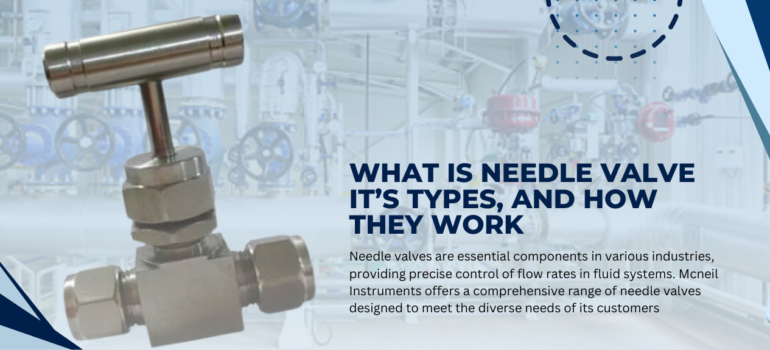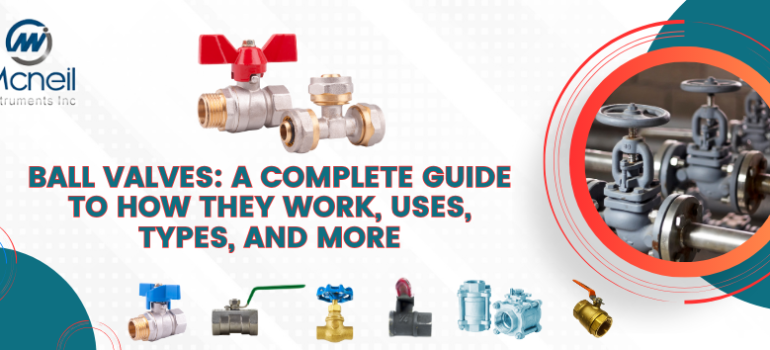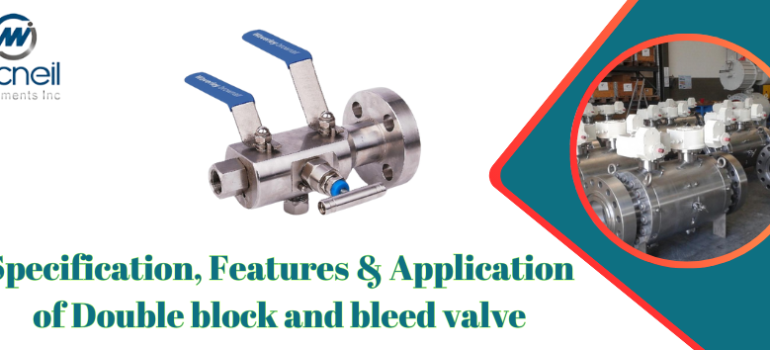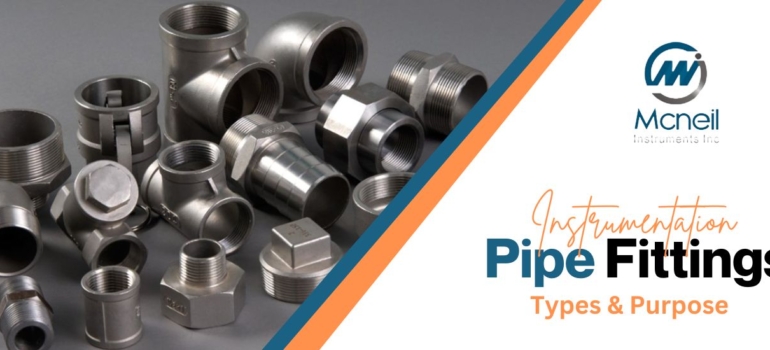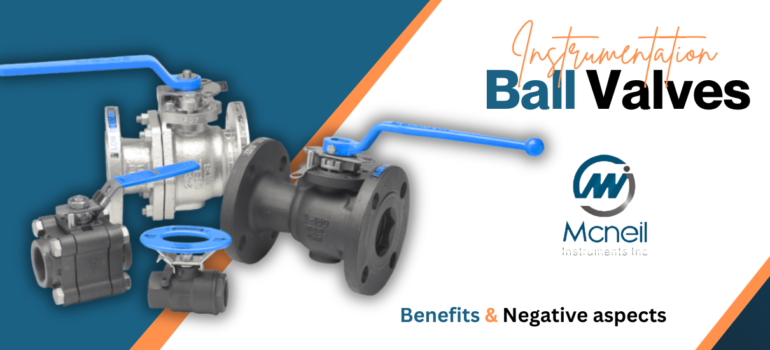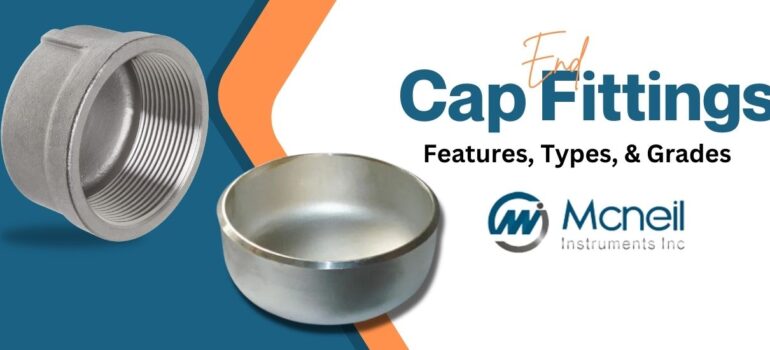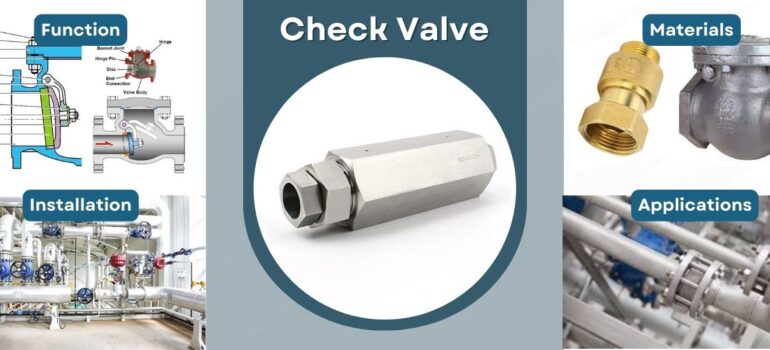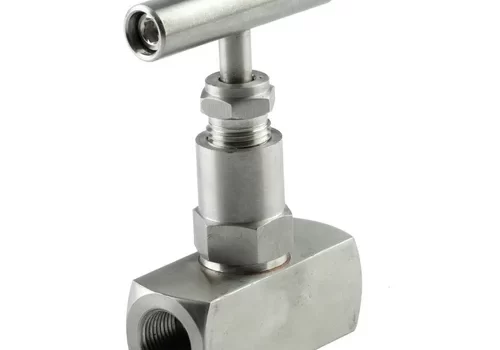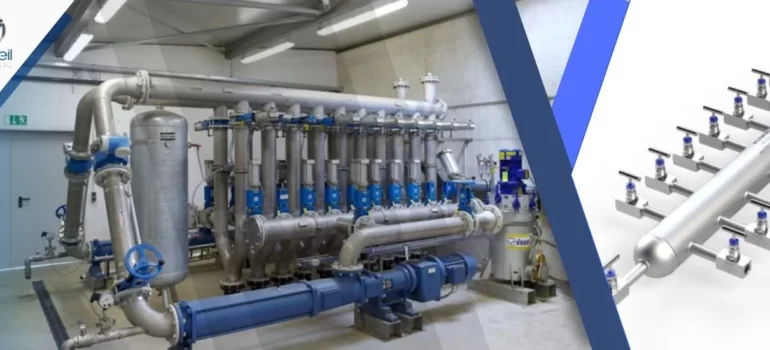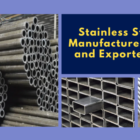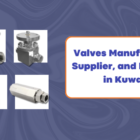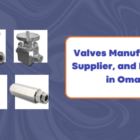What Type of Fittings Should Be Used With Polyethylene Pipe
When working with polyethylene (PE) pipes, selecting the appropriate fittings is crucial to ensure a reliable and leak free piping system. PE pipes are widely used in various applications such as water supply, drainage, and gas distribution due to their flexibility, durability, and chemical resistance. However, the choice of fittings plays a significant role in determining the overall performance and integrity of the piping network. Various types of fittings are available for connecting PE pipes, each designed for specific purposes and installation methods. Understanding the characteristics and applications of different fittings is essential for achieving optimal results in PE piping systems.
What Is a Pipe Fitting?
Pipe fittings connect and hold different parts of pipes together in a plumbing system. They help create a system that carries water, gas, or other liquids throughout a building. These fittings do different jobs like changing the direction of flow, controlling how fast things move, and sealing off parts of the pipes. They come in different shapes, sizes, and materials like copper, iron, plastic, and steel. Each type of fitting is used for different needs and choices you might have.
Polyethylene pipe fittings are widely used in various applications due to their durability, flexibility, and resistance to corrosion. These fittings are essential for connecting polyethylene pipes in plumbing, irrigation, gas distribution, and many other industries.
What are Polyethylene Pipe Fittings?
Polyethylene pipe fittings are connectors used to join sections of polyethylene pipe together or to connect the pipe to other types of piping or fittings. They come in various shapes and sizes to accommodate different piping configurations and ensure a secure, leak-proof connection.
Type of Fittings Should Be Used With Polyethylene Pipe
Polyethylene (PE) pipes are commonly used in various applications such as water supply, drainage, and gas distribution due to their flexibility, durability, and chemical resistance. When it comes to fittings for PE pipes, there are several options available, each suitable for different purposes. Here are some common types of fittings used with polyethylene pipes:
High density polyethylene (HDPE) pipes and fittings : HDPE pipes and fittings are strong and durable because they’re made from a tough type of plastic. They can resist sunlight, rust, and chemicals. You can find them in different sizes and strengths for use above or below the ground.
Medium density polyethylene (MDPE) pipes and fittings : MDPE pipes and fittings are a bit flexible but still strong. They’re mostly used for carrying gas because they can handle high pressure without breaking.
Low density polyethylene (LDPE) pipes and fittings : LDPE pipes and fittings are flexible and easy to handle. They’re commonly used in irrigation systems because they can handle low pressure and won’t easily crack.
Cross linked polyethylene (PEX) pipes and fittings : PEX pipes and fittings are made from a special type of plastic that’s been made stronger and more flexible by linking its molecules. They’re often used in plumbing and heating systems because they can handle high heat and won’t rust.
Compression fittings: Compression fittings are popular for connecting PE pipes because they are easy to install and provide a reliable joint. These fittings typically consist of a compression nut, an O-ring or gasket, and a compression ring. They work by compressing the pipe against the fitting, creating a tight seal.
Electrofusion fittings: Electrofusion fittings utilize heat generated by an electric current to melt the pipe and fitting materials together, forming a strong, leak-proof joint. Electrofusion fittings are commonly used for joining PE pipes in gas distribution systems and other applications where a high-integrity joint is required.
Butt fusion fittings: Butt fusion fittings involve heating the ends of the pipes and then pressing them together to create a fusion joint. This method creates a seamless connection that is as strong as the original pipe material. Butt fusion fittings are commonly used in water and wastewater systems, as well as industrial applications.
Heat fusion saddles: Heat fusion saddles are used to create branch connections on PE pipes without the need for additional fittings. They involve cutting a hole in the pipe, heating the saddle and pipe surfaces, and then fusing them together to create a watertight seal. Heat fusion saddles are often used in irrigation and water distribution systems.
Flanged fittings: Flanged fittings are used to connect PE pipes to valves, pumps, and other equipment using bolted flanges. Flanged connections provide a strong and durable joint that can be easily disassembled for maintenance or repair.
Mechanical fittings: Mechanical fittings, such as couplings and adapters, provide a convenient way to connect PE pipes to other pipes or fittings without the need for fusion or welding. These fittings typically use gaskets or O-rings to create a seal and may require tightening with bolts or clamps.
When selecting fittings for PE pipes, it’s essential to consider factors such as the application, operating conditions, pressure, and temperature requirements to ensure a proper and reliable connection. Additionally, always follow the manufacturer’s recommendations and guidelines for installation and use to ensure the integrity and performance of the piping system.
Standard Names of Pipe Fittings
Pipe fittings come in different shapes and sizes, and each serves a specific purpose. Here are ten common pipe fittings explained in simpler terms:
Gaskets: Gaskets are like rings used to seal connections between pipes. They come in different materials and shapes depending on the type of connection you have.
Pipe Elbows: Pipe elbows help change the direction of the pipe’s flow. They come in 90-degree and 45-degree angles, and there are two types: long radius (which is smoother) and short radius (which takes up less space but causes more pressure).
Pipe Bend: Pipe bends are like gentle curves in the pipe. They’re used when you need a smooth change in direction to avoid pressure build-up. They come in different sizes, like 3D and 5D, which refer to the curve’s length.
Pipe Tee: A pipe tee looks like the letter “T” and is used to split the flow of fluid from the main pipeline. There are different types, like straight tees (which have the same diameter), reducing tees (which have smaller branches), barred tees (used in special pipelines), and wye tees (which connect pipes at a 45-degree angle to reduce friction).
Cross: A cross looks like a plus sign and has one inlet and three outlets. It’s mainly used in fire sprinkler systems, not regular plumbing.
Pipe Reducers: Pipe reducers make a pipe narrower. There are two types: concentric and eccentric. Concentric ones keep the middle of the pipe at the same height. They’re used when two different pipe sizes need to be the same in the middle of a system. Eccentric ones help keep the bottom of the pipe at a certain level, so the outside surface of the pipe stays level.
Pipe Caps: At the end of a plumbing system, there’s a cap. It covers the end of the pipe to stop leaks.
Stub Ends: Stub ends do the same thing as pipe caps but are used with lap joint flanges.
Piping Unions: These are used for pipes with low pressure that need to be taken apart often. They have three parts: a female end, a male end, and a nut. The nut, along with the female and male ends, creates a strong seal.
Pipe Coupling: There are three types: full, half, and reducing. Full couplings connect small pipes. Half couplings connect a small pipe to a large one. Reducing couplings connect two pipes of different sizes.
Selecting the right fittings for polyethylene (PE) pipes is crucial for ensuring a reliable and efficient piping system. Whether it’s compression fittings, electrofusion fittings, or other types mentioned above, each serves a specific purpose based on the application and installation requirements. Understanding the characteristics and applications of different fittings is essential for achieving optimal performance and durability in PE piping systems. By following manufacturer guidelines and considering factors such as pressure, temperature, and operating conditions, you can ensure a proper and leak free connection throughout your plumbing network.
People also Search
POLY PIPE FITTINGS, POLYETHYLENE PIPE FITTINGS, BLACK POLY PIPE FITTINGS, POLYETHYLENE PIPE COUPLING, PE FITTINGS NAMES, POLYETHELENE PIPE FITTINGS, PE FITTINGS, POLYETHYLENE FITTINGS, PE PIPES AND FITTINGS, 1 INCH POLYETHYLENE PIPE FITTINGS, POLYPIPE FITTINGS, TYPE OF FITTINGS, CAN YOU USE COMPRESSION FITTINGS ON HDPE PIPE? UNDERSTANDING COMPATIBILITY AND BENEFITS, POLYETHYLENE FITTING, POLYETHYLENE PIPE CONNECTORS, BLACK POLYETHYLENE PIPE FITTINGS, HOW TO CONNECT POLYETHYLENE PIPE, POLYETHYLENE WATER PIPE FITTINGS, CAN I USE PEX FITTINGS ON POLYETHYLENE PIPE, POLYCOP PIPE FITTINGS, WHAT TYPE OF JOINTS ARE COMMONLY USED TO JOIN PE AND PEX TUBING? POLYETHYLENE PIPE FITTING



